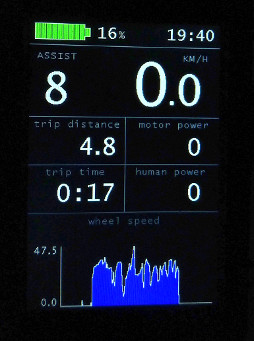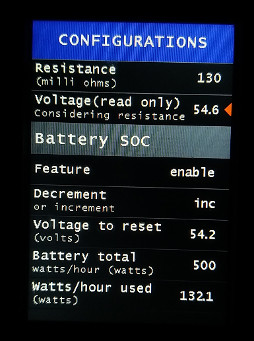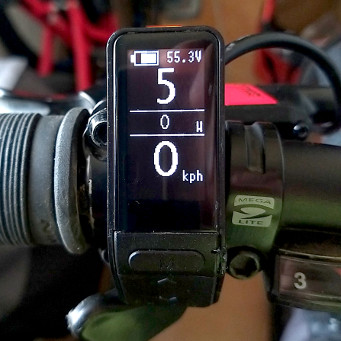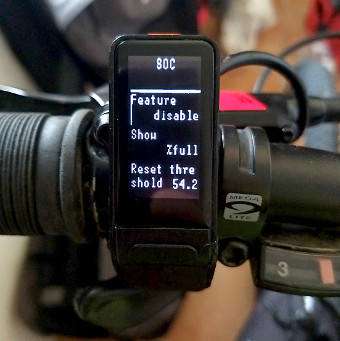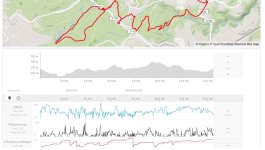For me it's better to have more assist climbing and less in the flat road.
Nm*rpm*x +speed*k with k negative. It Can be positive. The power is related to the speed so having the speed in the formula is important.
Power=2/3 speed^2.
To maintain higher speed you need higher motor power, not higher human power. Power assist is also safer for the internal gears.
It's better to include the last formula but buba said that the exponential can't be included
Nm*rpm*x+2/3 speed ^2 *k
Playing with x and k you can have more power assist at different speed
Hibrid torque and power assist could be
Nm*rpm*x+nm*y+speed*k letting the user to choose x, y and k.
If you multiply for 0 y is a power assist, for 0 x is a torque assist.
Simpler formula could be
Rpm*x+nm*y+speed*k
Nm*rpm*x +speed*k with k negative. It Can be positive. The power is related to the speed so having the speed in the formula is important.
Power=2/3 speed^2.
To maintain higher speed you need higher motor power, not higher human power. Power assist is also safer for the internal gears.
It's better to include the last formula but buba said that the exponential can't be included
Nm*rpm*x+2/3 speed ^2 *k
Playing with x and k you can have more power assist at different speed
Hibrid torque and power assist could be
Nm*rpm*x+nm*y+speed*k letting the user to choose x, y and k.
If you multiply for 0 y is a power assist, for 0 x is a torque assist.
Simpler formula could be
Rpm*x+nm*y+speed*k


